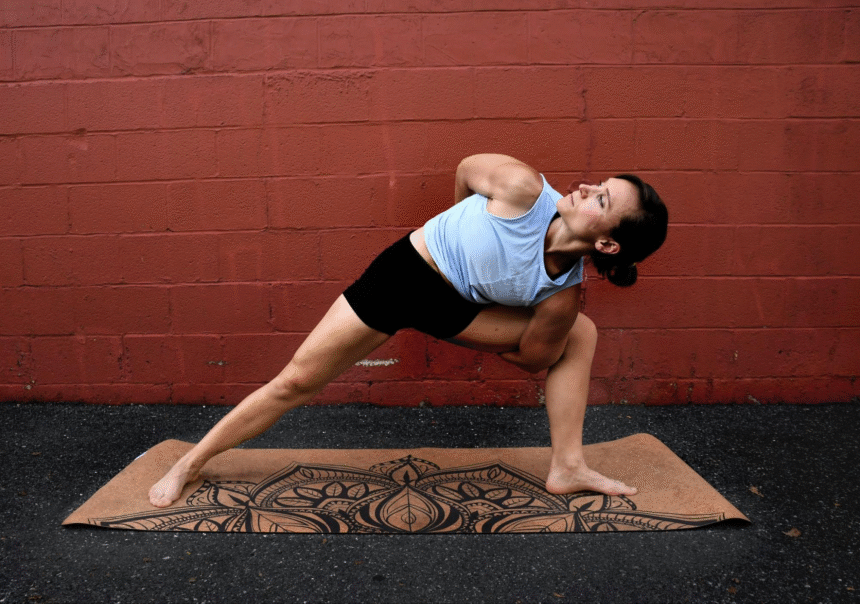Introduction
A balanced routine can transform your life by helping you maintain physical health, emotional stability, mental clarity, and productivity. In today’s fast-paced world, it’s easy to become overwhelmed or unmotivated. But a structured daily plan built around your wellness goals can improve energy, focus, and joy. Creating a balanced routine involves mindful scheduling, setting priorities, and building habits that nourish the body and mind. Here’s how you can do it step by step.
Set Clear Wellness Goals
The first step in building a balanced routine is to identify your goals. These could include:
- Getting more physical activity
- Reducing stress and anxiety
- Improving sleep
- Eating healthier meals
- Enhancing work-life balance
Write down your top 3–5 goals and use them to guide your daily planning.
Establish a Consistent Sleep and Wake Schedule
A regular sleep pattern helps regulate your body’s internal clock. Try to:
- Go to bed and wake up at the same time daily
- Avoid caffeine and screens close to bedtime
- Wind down with a calming ritual like reading or stretching
A well-rested body improves focus, mood, and metabolism.
Create Morning and Evening Routines
Starting and ending the day with intention helps anchor your wellness efforts.
Morning routine ideas:
- Wake up with a glass of water
- Practice mindfulness or meditation for 5 minutes
- Do light stretching or a short walk
- Eat a nourishing breakfast
Evening routine ideas:
- Reflect on your day
- Limit screen use an hour before bed
- Read a book or listen to calming music
- Prepare for the next day
Consistency in these routines helps your body and mind know what to expect.
Plan Time for Exercise
Physical activity should be scheduled like any important appointment. Options include:
- 30-minute walk in the morning
- Strength training 3 times a week
- Yoga or pilates in the evening
- Dance, swimming, or cycling on weekends
Choose what you enjoy so it becomes a habit, not a chore.
Schedule Balanced Meals and Snacks
Nutrition fuels your wellness goals. Build time in your routine to:
- Eat regular meals (breakfast, lunch, dinner)
- Pack healthy snacks (nuts, fruits, yogurt)
- Cook more meals at home
- Stay hydrated by drinking water with every meal
Meal planning on Sundays can help make weekday eating easier and healthier.
Include Time for Mental Health
Wellness isn’t just physical — mental clarity and emotional resilience are just as important. Schedule moments for:
- Journaling or gratitude lists
- Talking to a therapist or friend
- Deep breathing or guided meditation
- Avoiding negative news or social media overload
Prioritizing mental space allows you to handle stress and think clearly.
Make Room for Personal Growth
A balanced routine should also nurture your interests. Examples:
- Set aside time to read or learn something new
- Dedicate 15–30 minutes to a hobby or creative activity
- Explore something you’re passionate about
Personal fulfillment enhances well-being and makes daily life more enjoyable.
Use Tools to Stay Organized
Use planners or digital tools to manage your time:
- Google Calendar or scheduling apps
- Habit-tracking apps to build consistency
- To-do lists to reduce overwhelm
These tools help you stick to your routine and avoid burnout.
Adjust and Evolve Your Routine
A balanced routine is not rigid — it evolves with your needs.
- Review your week and see what worked
- Adjust goals based on energy levels and commitments
- Be flexible during unexpected events
A sustainable routine supports you, not controls you.
Conclusion
Creating a balanced routine takes intention and patience, but the benefits for your overall wellness are worth it. When you align your daily actions with your goals — from exercise and sleep to hobbies and mental care — you build a life that supports physical vitality, emotional peace, and personal joy. Start small, be consistent, and watch your well-being flourish.









